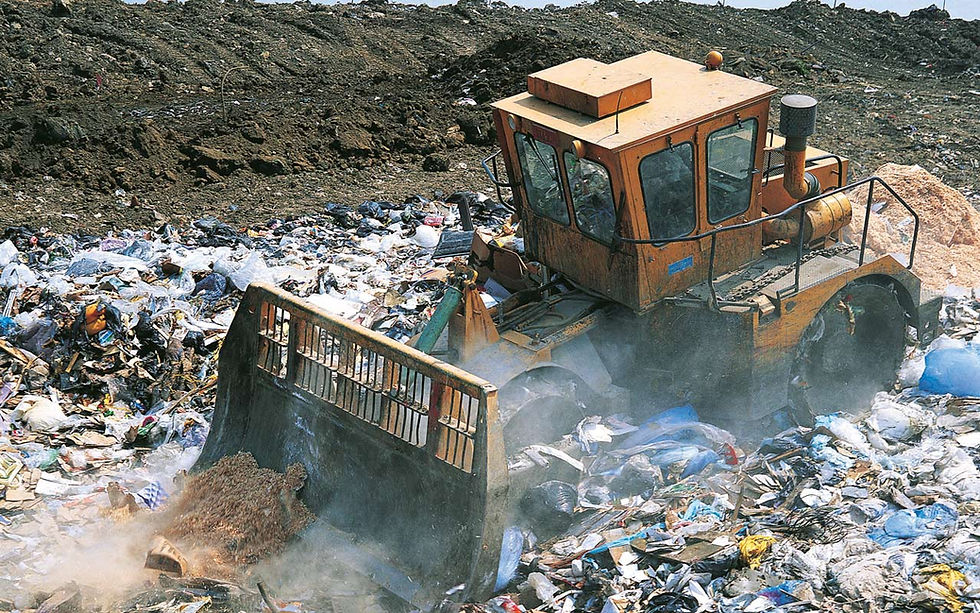Coastal Development.








Protecting our beaches and ocean means that we need to control coastal development, which covers a wide range of projects including beachfront construction of homes, hotels, restaurants, and roads; beach renourishment projects; seawall construction; and nearshore dredging and oil platform construction.
Unfortunately, developed coasts change natural beach processes and impact marine wildlife. Even just one building can change the natural movement of wind, which can disrupt sand transport and rainwater runoff - negatively impacting plants and animals.
Development also leads to more people in and around the ocean. Recreational activities have a huge impact on the marine ecosystem. For example, careless boating, diving, snorkeling, and fishing damage coral reefs and can put marine wildlife at risk.
Coastal development can harm wildlife, damage habitats, and lead to more flooding:
Wildlife.
Marine animals such as whale sharks, seals, dugongs, dolphins, whales, and birds are disturbed by boats and people getting too close. Sea turtles are especially impacted by coastal development, forcing nesting females to travel to other beaches to lay eggs. Obstacles on the beach, such as beach chairs, make it more difficult if not impossible for female sea turtles to lay eggs and hatchlings to get to the ocean as needed. The sea turtles’ habitat is also affected by the pollution resulting from runoff and wastewater discharge. Seawall construction can also create barriers to nesting turtles and cause unnatural erosion of beaches. In Florida, most sea turtle strandings are the result of collisions with boats.
Habitat Damage.
Mangroves and coral reefs are greatly impacted by coastal development. We depend on mangroves to help reduce storm surge, but they are being cleared for logging, shrimp farming, and to create more open beaches. This is causing increased shoreline hazards and beach erosion. Construction projects involving piers, channels, airstrips, dikes, and land reclamation can kill coral reefs. The development activities cause erosion, resulting in sediment run-off that eventually reaches the coral and damages it. When coral reefs disappear, we see more beach erosion, land retreat, and sedimentation.
Flooding.
As coastal populations increase and natural coastal protections are degraded or lost, sea-level rise and changes in storm patterns due to climate change are likely to cause damaging floods. Ironically the same people who enjoy living along the beach will experience the most damage.
What we can do.
We can curtail this damage by lobbying for effective planning and land use regulations in our community that include land-use zoning plans and regulations, protection of coastal habitats, coastal setbacks that restrict development within a fixed distance from the shoreline, watershed management, improved collection and treatment of wastewater and solid wastes, and management of tourism.